The Complete Jewelry Care Routine You Should Know
Your jewelry is more than just an accessory; it's a story, an investment, and a part of you. Keeping those precious gold pieces, brilliant diamonds, and vibrant colored gemstones in pristine condition requires a bit of knowledge. While gold is durable, and diamonds are tough, colored gemstones need special, gentle handling.
This guide will walk you through the essential dos and don'ts to ensure your favorite pieces stay as stunning as the day you got them.
1. The Daily Dos: General Rules for All Jewelry
Think of your jewelry as the finishing touch.
-
"Last On, First Off": This is the golden rule. Put your jewelry on after applying all lotions, makeup, hairspray, and perfume. These products can build up a film, dulling the metal and gems. At the end of the day, take your jewelry off before your nightly routine.
- Avoid Harsh Environments: Remove your jewelry before:
-
Showering or Swimming: Chlorine in pools and even minerals in tap water can be harsh.
-
Cleaning: Household cleaners like bleach and ammonia are a huge no-go. They can discolor gold and damage porous gems.
-
Working Out: Sweat can make jewelry dull, and you risk knocking or bending delicate pieces at the gym.
-
Gardening or Hands-On Work: This protects your pieces from scratches and grime.
2. How to Clean Gold Jewelry with Diamonds
Diamonds are the hardest natural substance on Earth (10 on the Mohs scale), making them relatively easy to care for. This method is the go-to for most diamond and gold engagement rings.
What You'll Need:
-
A small bowl of warm water
-
A few drops of mild dish soap (like original blue Dawn)
-
A soft-bristled baby toothbrush
-
A soft, lint-free cloth (microfiber is perfect)
The Process:
-
Soak: Let your pieces soak in the warm, soapy water for 15-20 minutes. This will loosen lotion, dirt, and oil.
-
Brush: Gently brush the piece with the soft toothbrush. Pay special attention to the underside of the diamond and the setting. This is where grime builds up, blocking light and making your stone look dull.
-
Rinse: Rinse the jewelry thoroughly under warm (not hot) running water. Important: Make sure to plug the sink drain first!
-
Dry: Pat the jewelry dry with your lint-free cloth. Avoid paper towels, which can scratch the gold.
3. The Delicate Touch: Caring for Colored Gemstone Jewelry
This is critical: Not all gemstones are created equal.
While rubies and sapphires are very hard (9 on the Mohs scale), many popular colored gems are delicate, porous, or treated.
-
Porous Stones: (e.g., Opal, Pearl, Turquoise, Lapis Lazuli)
-
Treated Stones: (e.g., Emeralds, which are often "oiled")
-
Softer Stones: (e.g., Tanzanite, Amethyst, Peridot)
The Safe Method for ALL Colored Gems: When in doubt, this is the only method you should use.
-
Wipe Down: Mix a drop or two of mild dish soap in a bowl of lukewarm water (never hot).
-
No Soaking: Dip a soft, lint-free cloth into the water, wring it out, and gently wipe the gemstone and setting. Do not soak porous stones like opals or pearls; it can ruin them.
-
Rinse: Use a separate cloth dipped in plain water to wipe away any soap residue.
-
Dry: Pat dry immediately with a clean, dry cloth.
4. The Big "Don'ts": What to Never Do
Here are the hard-and-fast rules to protect your investment.
-
DON'T Use Ultrasonic Cleaners (at home). While jewelers use them, they can be disastrous for certain gems. The vibrations can shatter a stone with inclusions (common in emeralds), loosen settings, and destroy opals or tanzanite.
-
DON'T Use Harsh Chemicals. This includes bleach, chlorine, acetone (nail polish remover), and even abrasive toothpaste or baking soda.
-
DON'T Be Fooled by "Hacks." Avoid toothpaste, vinegar, and baking soda. These are too abrasive and can leave microscopic scratches, dulling the finish of your gold and softer stones over time.
-
DON'T Ignore Your Settings. Even with perfect cleaning, a lost stone is heartbreaking. A prong can get snagged and bent without you even noticing.
5. Smart Storage: Preventing Scratches and Tangles
Your jewelry box is as important as your cleaning routine.
-
Separate is Better: Store pieces in a fabric-lined jewelry box with individual compartments. This prevents chains from tangling and, more importantly, prevents your hard diamonds from scratching your softer gold and colored gems.
-
Use Pouches: If you don't have a large box, store pieces in the soft-lined pouch or box they came in. This is perfect for travel.
-
Keep it Dry: Store your jewelry in a low-humidity environment (so, not the bathroom).
6. When to Call a Professional
Bring your most-worn pieces (like an engagement ring) to a trusted jeweler once a year.
A professional jeweler will:
-
Check the Prongs: They'll make sure your stones are secure and tighten any loose settings.
-
Professionally Clean: They use high-powered steam and specific ultrasonic cleaners (that they know how to use safely for your specific gems) to remove deep-set grime.
-
Polish: They can buff out surface-level scratches on the gold, restoring its original high shine.
By following these guidelines, you're not just cleaning your jewelry—you're preserving its beauty and story for a lifetime.
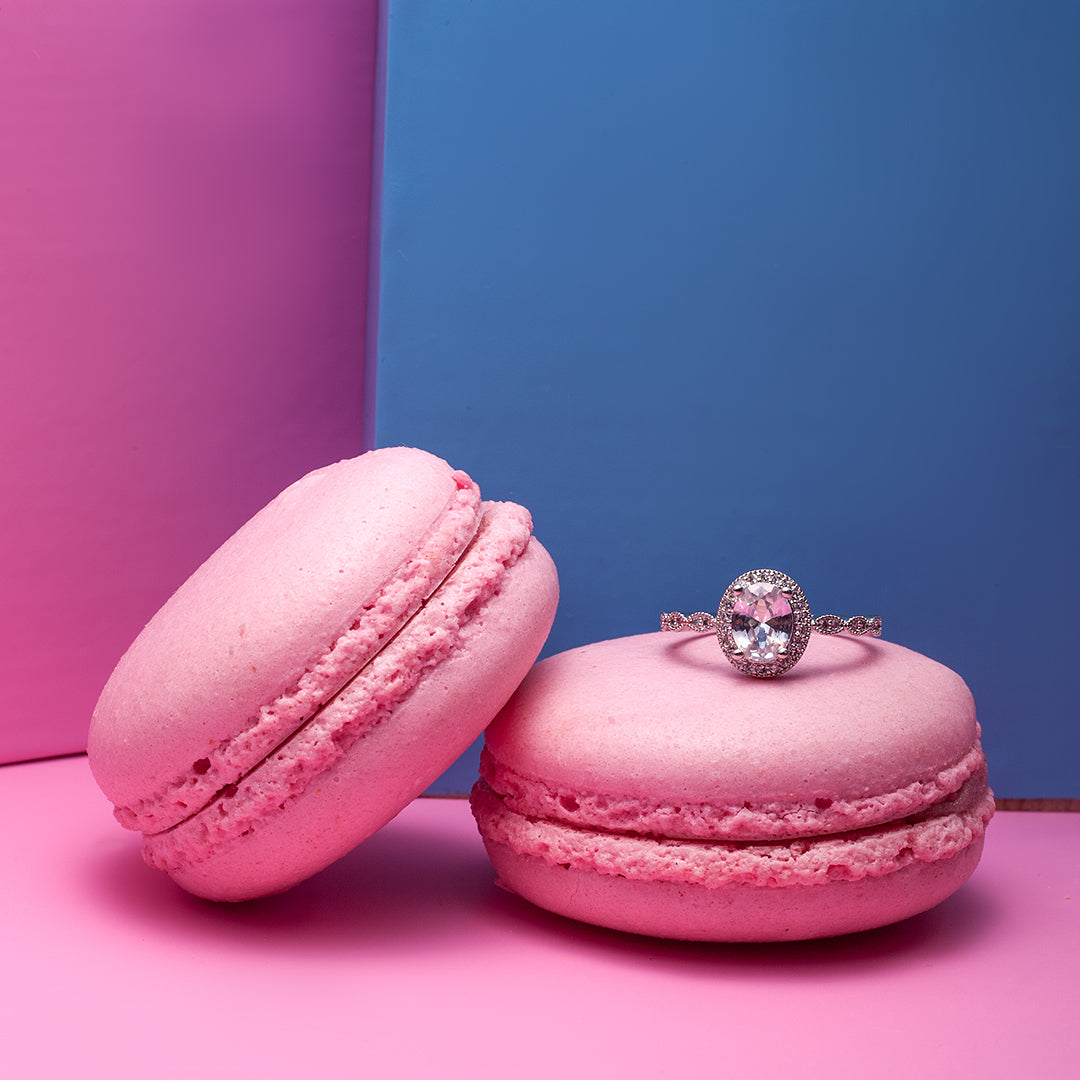
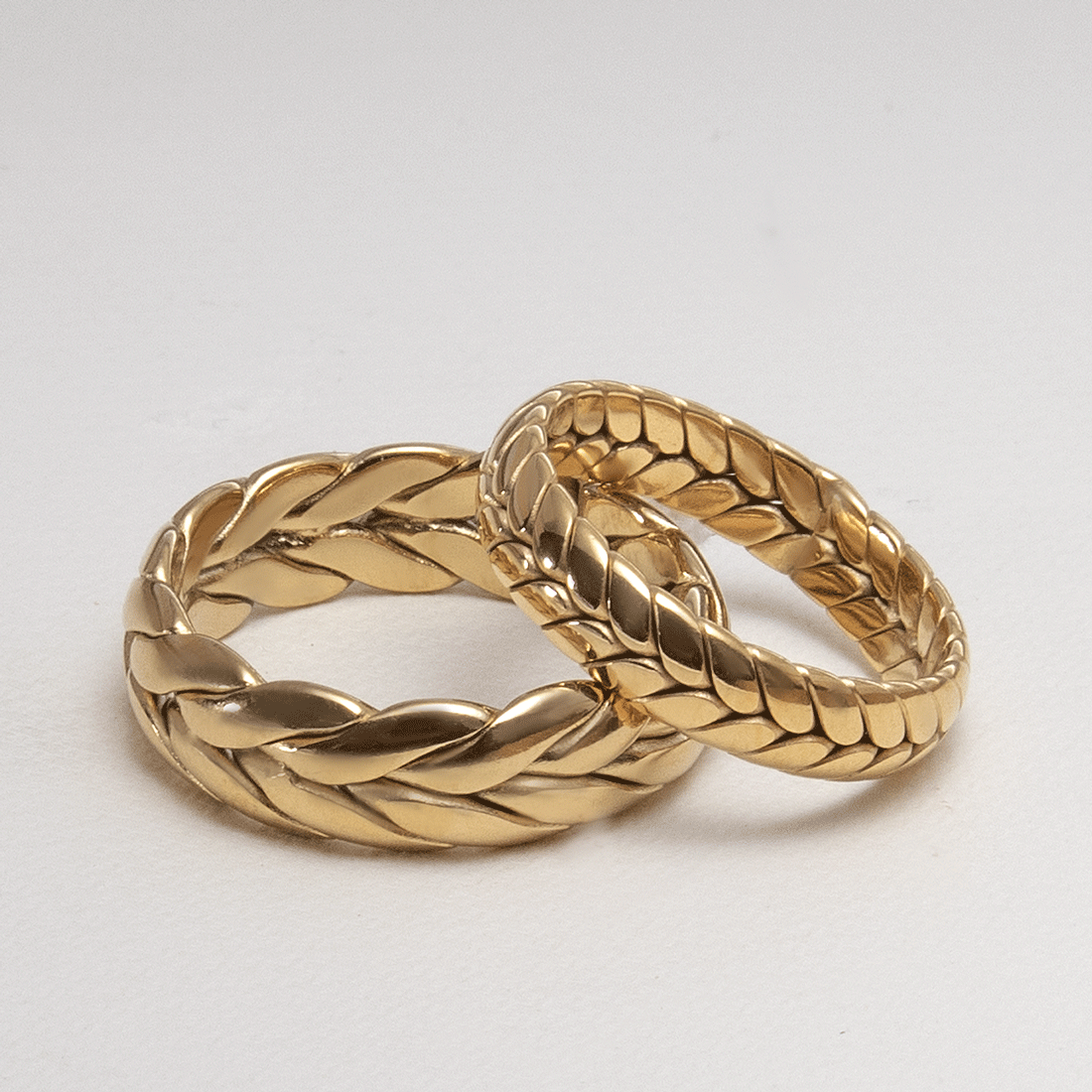
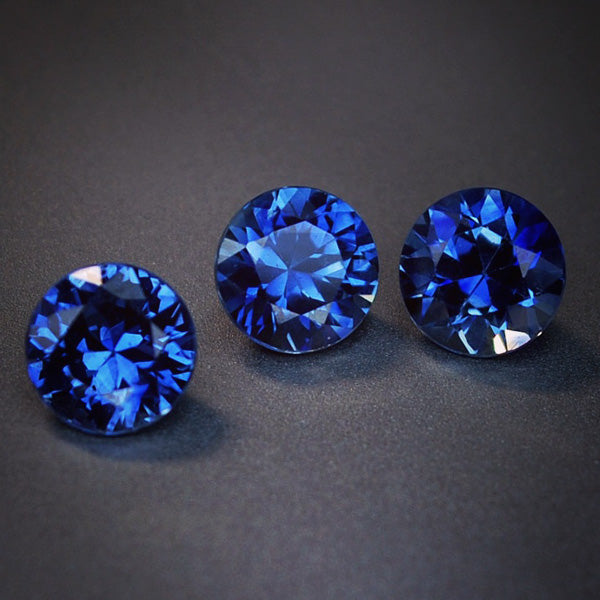
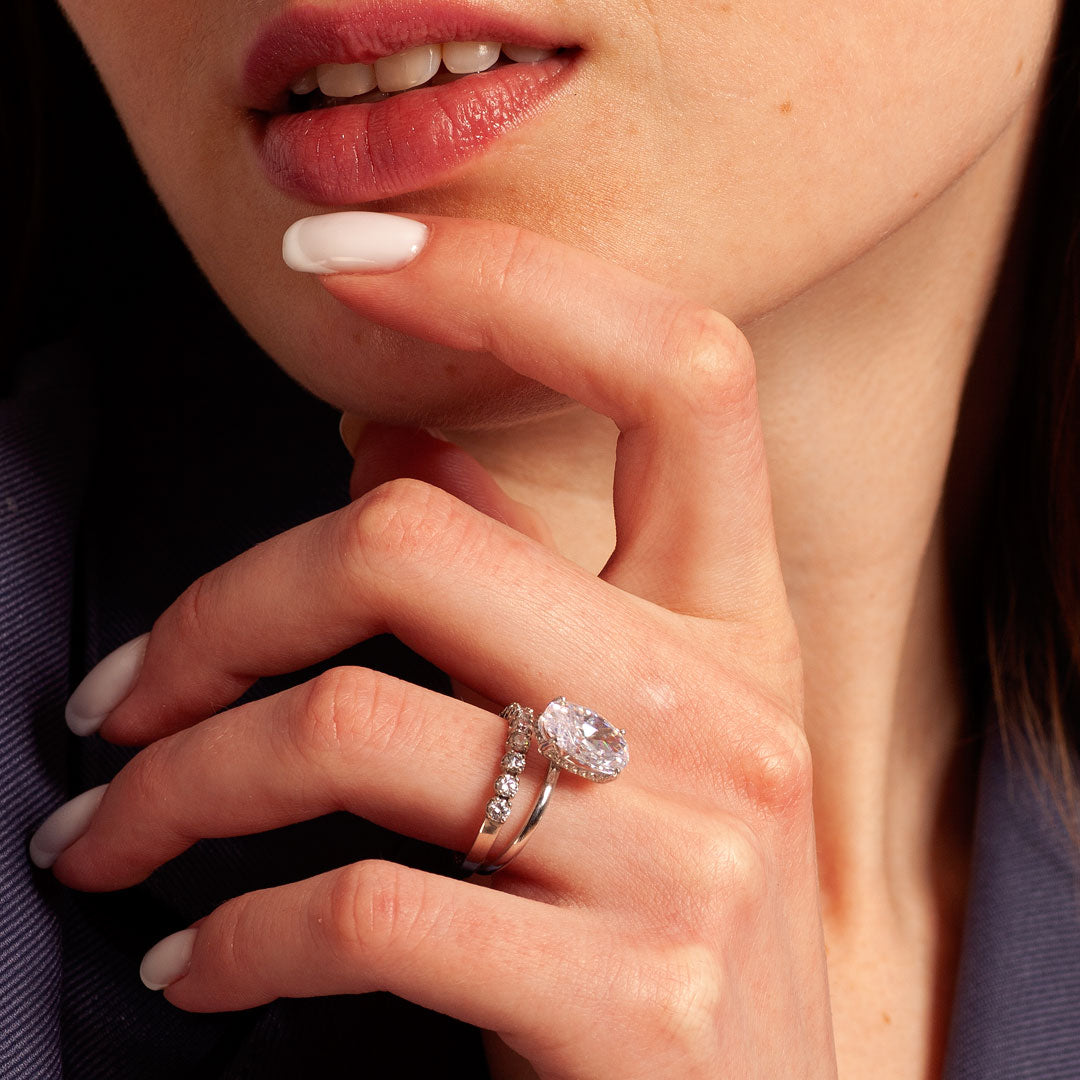

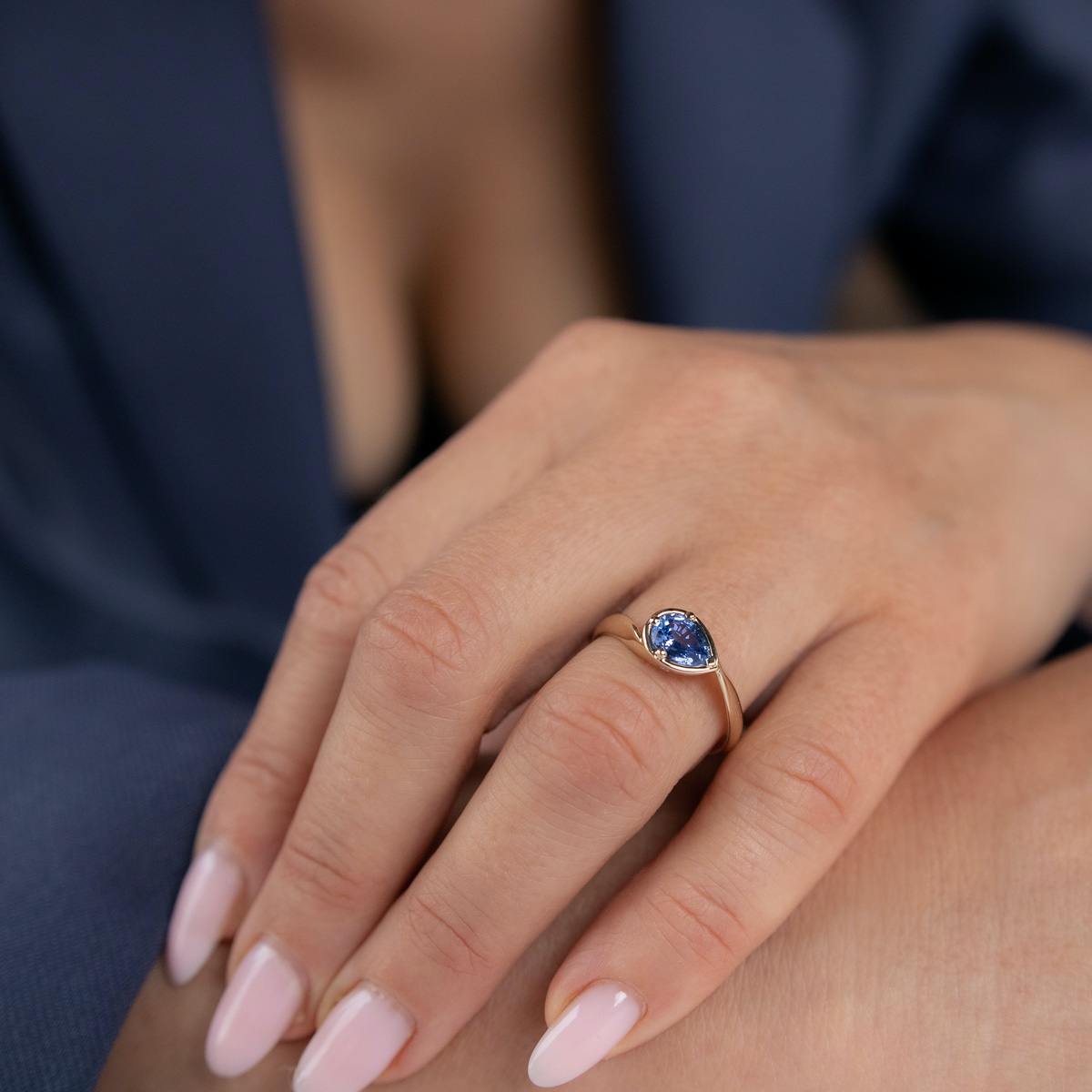
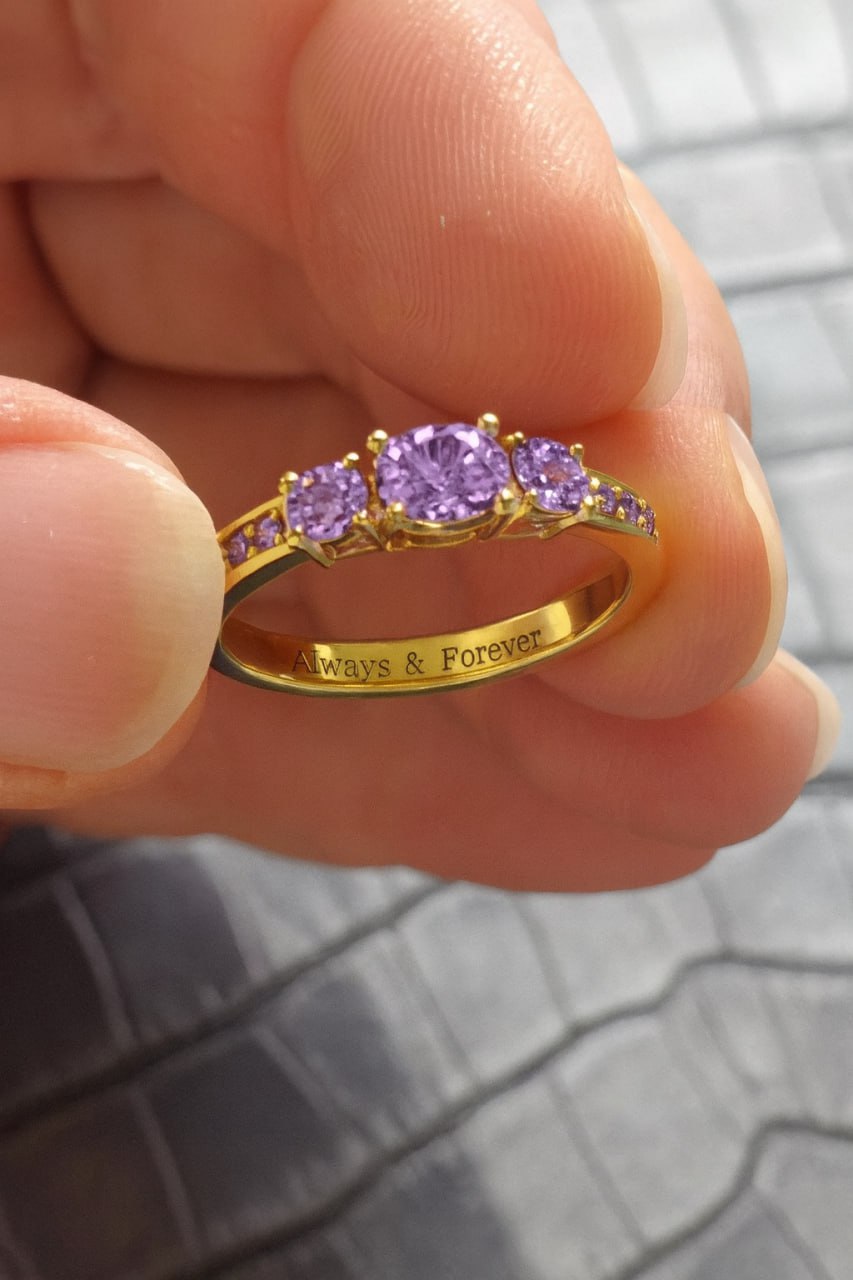




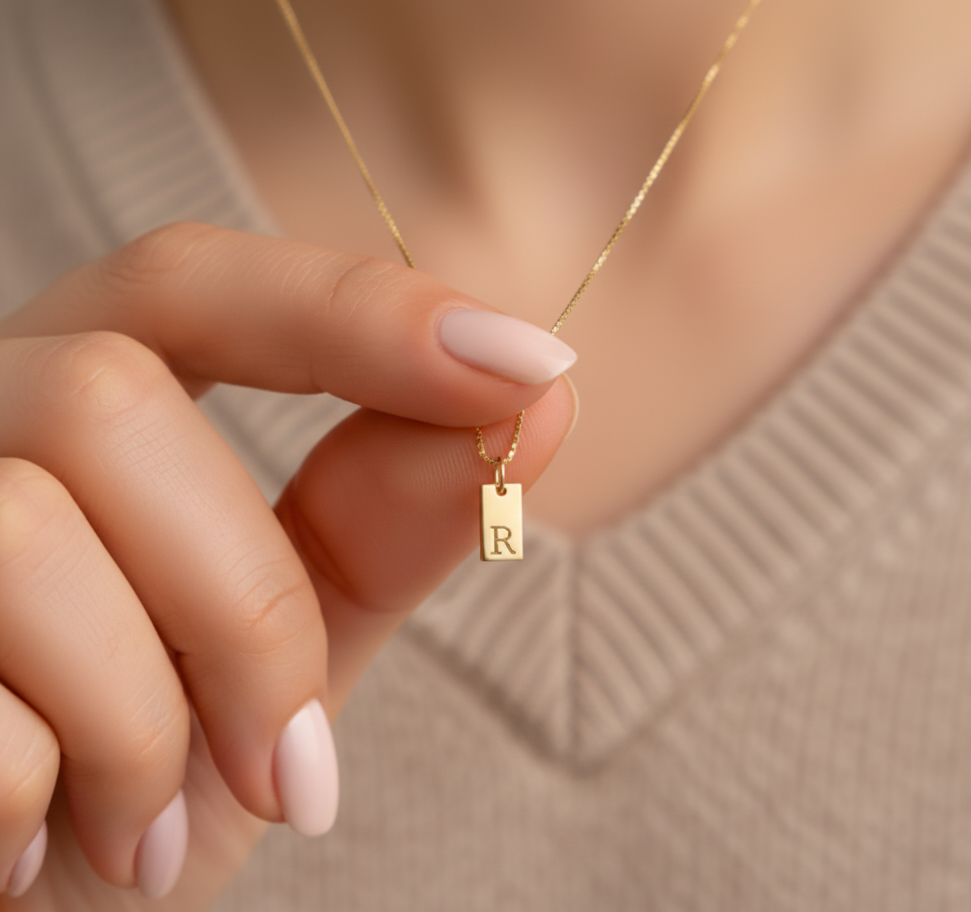
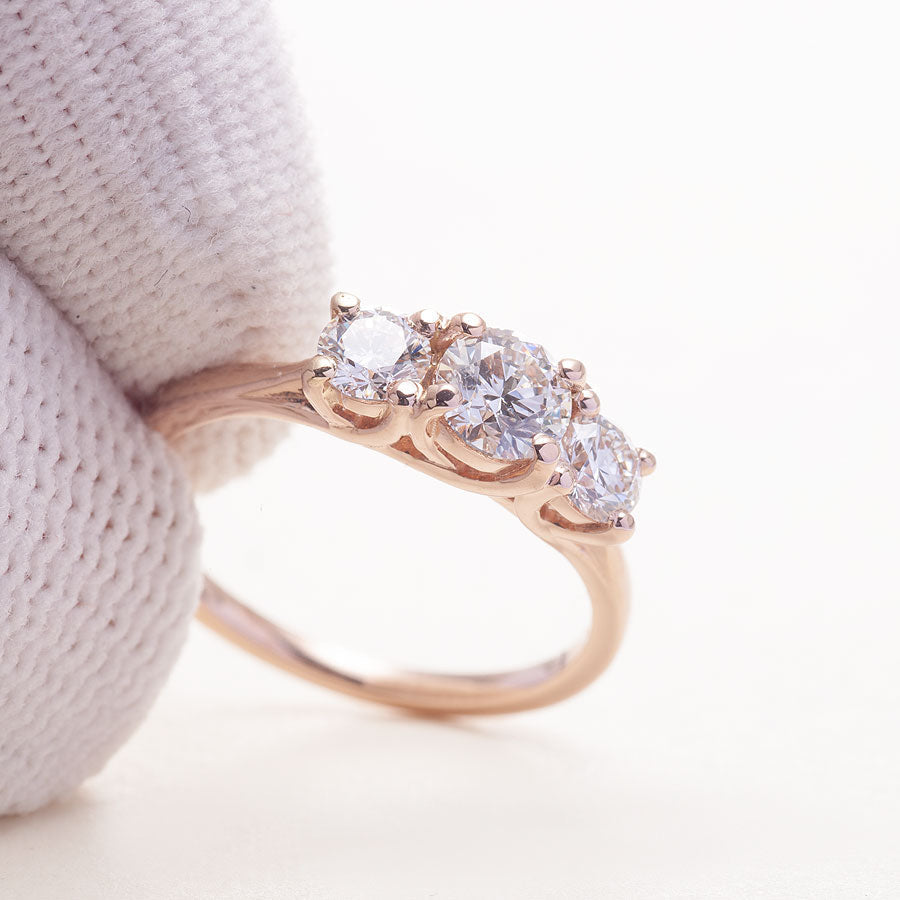
Leave a comment
This site is protected by hCaptcha and the hCaptcha Privacy Policy and Terms of Service apply.